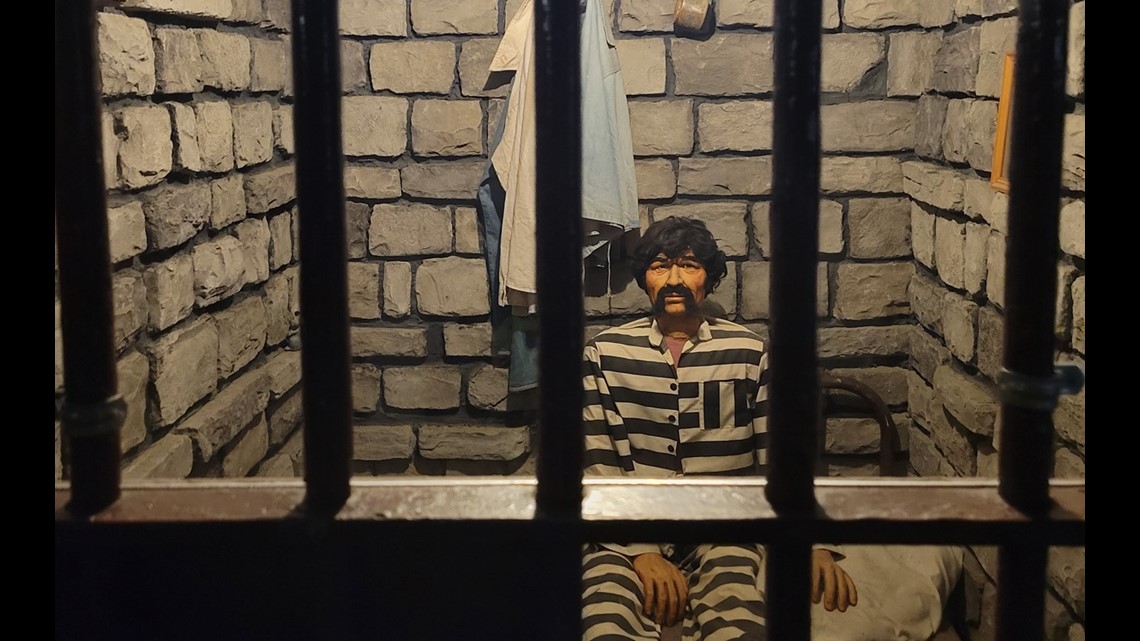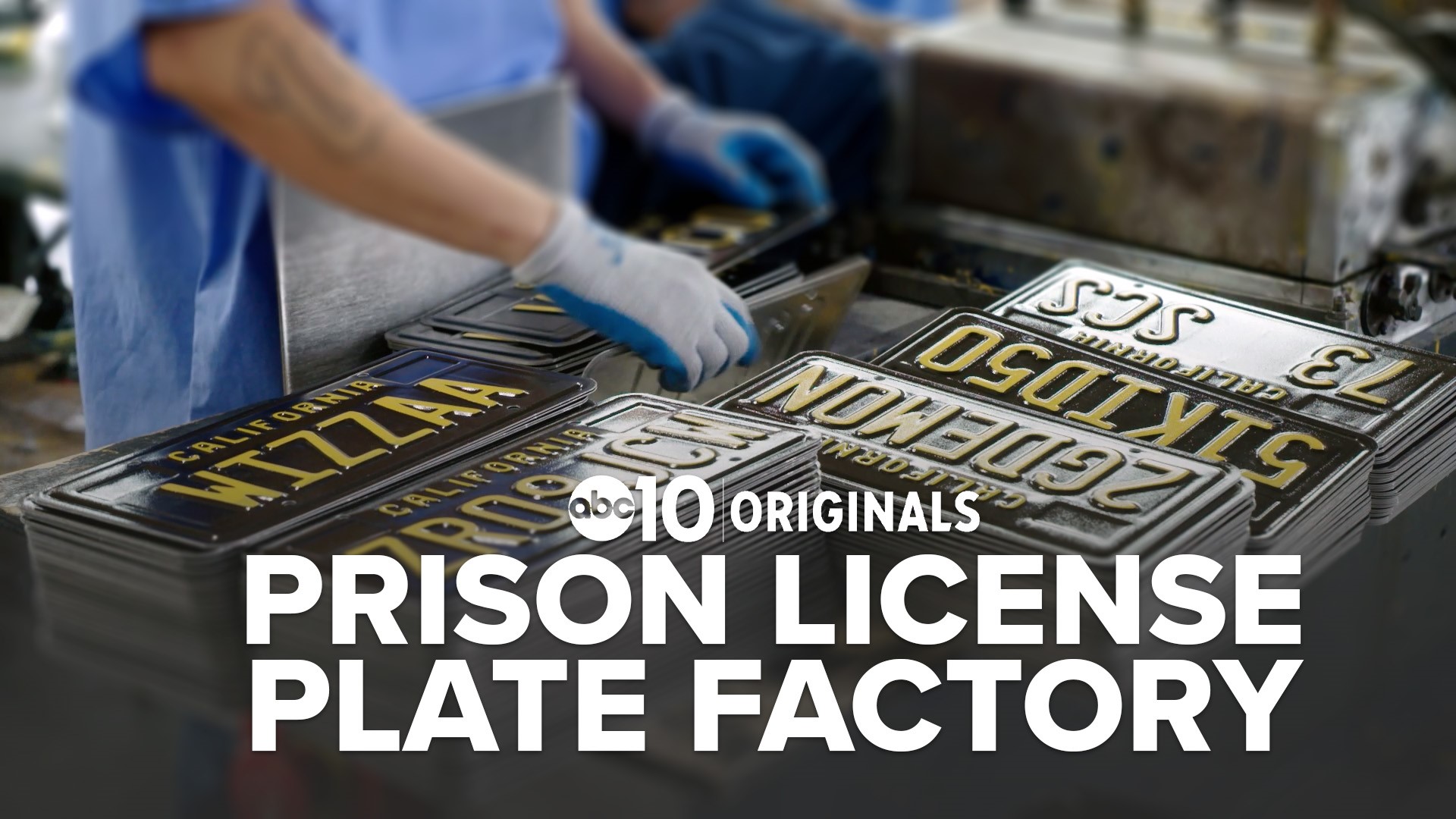FOLSOM, Calif. — The Big House Prison Museum at Folsom State Prison in Represa reopened in the fall after shutting down in 2020 due to COVID-19 restrictions.
On Sept. 30, 2023, Duke Juanitas, 43, a fire captain and corrections officer at the Folsom prison gave remarks at the museum’s grand reopening and bench dedication. The dedication was made in honor of Lt. Jim Brown, a corrections officer who spent 23 of his 32 years in the field running the prison’s museum, Juanitas said.
“He was a great mentor and friend,” Juanitas said. “He and others that came before me helped develop me in being the correctional professional I am today.”
Brown became ill and died in July 2022. His family attended the ribbon cutting ceremony hosted in September.


Juanitas said it was the support of his own wife and family that helped him take the museum’s reins. He is president of the Old Guard Foundation, the nonprofit organization that facilitates the prison museum.
“The reopening process was and still is a challenge,” he said. “There is a lot that I am still learning about our operations.”
The museum is located on prison grounds. Visitors can turn left onto Folsom Prison Road from East Natoma Street and pull left into a parking lot just before 3rd Street.
“You will have to walk up to our prison entrance gate and say ‘Hello’ to the officer at the post,” Juanitas said. “The museum is on the right, just past the (gate).”
The museum features the following, according to prison officials:
- A guitar signed by Rick James, the “Super Freak” singer who served three years at Folsom State Prison in the 1990s after being convicted of assaulting, imprisoning and torturing a woman while under the influence of cocaine, according to the Los Angeles Times.
- A Ferris wheel made up of 250,000 toothpicks made by an incarcerated person.
- Soap and cardboard crafts made by incarcerated persons.
- “Sam,” an animatronic prisoner who discusses what prison was like in the 1900s at the push of a button.
- A ball and chain with which visitors can take photos.
- A mug shot selfie board.
- Firefighting coats and helmets.


“We also have on display inmate crafts of a darker and violent nature, the wall of knives and other weapons a.k.a. ’shanks’ including some guns that were made,” Juanitas said.
He said he enjoys telling interesting stories, including when an incarcerated person used to be released in “Wild West times,” they would receive two gold pieces, a horse and a revolver to get them started.
He also shares facts about Johnny Cash, who performed at Folsom for the first time in November 1966 but went back to record a live album in January 1968, according to the UC Davis Library.
“Johnny Cash was never incarcerated at Folsom prison, but his song helped make us famous,” Juanitas said.
The museum is entirely run by volunteers, according to Juanitas. There is a $2 admission that goes to keeping the museum’s lights on and purchasing merchandise, he said. Any overages go to nonprofits like the American Cancer Society or charities within the Correctional Peace Officers Foundation, he said.
It is open from 10 a.m. to 4 p.m. Saturdays, Sundays and Mondays.
The Big House Prison Museum is looking for volunteer docents, Juanitas said. Interested parties can email Juanitas at remember343ff@yahoo.com.
“There are many misconceptions about prison via movies, and usually when we make the news, it's because something went wrong,” he said. “There is violence and negative incidents that occur regularly — but the daily operations — there is a lot of good that happens as well and (is) rarely discussed such as education, rehabilitation programs and trades programs.”

















